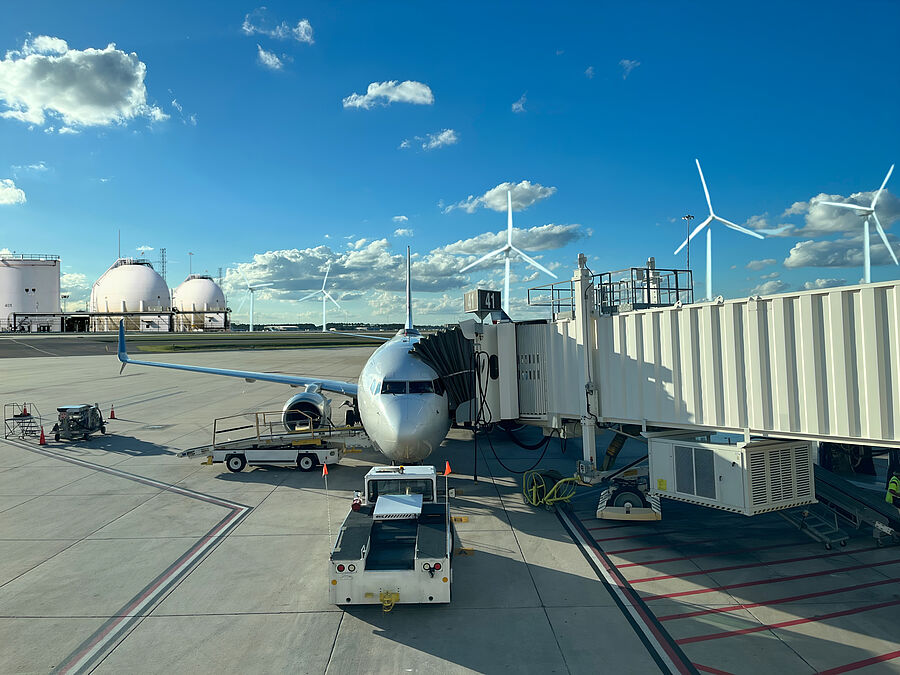Hydrogen in the transportation sector: applications on road, rail, sea, and in aviation
The majority of hydrogen consumption in the transportation sector in the coming years is expected to occur in road transport. However, rail transport will also contribute to hydrogen demand, as hydrogen-powered trains could be deployed on non-electrified routes where battery-powered trains face limitations. Additionally, there are promising applications in maritime transport, with an increasing number of ferries being powered by fuel cells. Ships using ammonia or methanol as fuel could also drive additional demand for low-emission hydrogen in the future as these technologies reach market maturity. Advancing technologies for synthetic kerosene or even direct hydrogen use as an aviation fuel will be critical to enable their deployment and accelerate their adoption.
Fuel Cell Trucks
Currently, there is significant momentum in the development of fuel cell trucks compared to light commercial vehicles, buses, or passenger cars—particularly in China, where favorable policies and improved infrastructure are driving adoption. However, fuel cell trucks are also being tested outside China, especially in Europe, where there have been multiple announcements about procuring such vehicles. Meanwhile, activities in hydrogen combustion are also increasing, facilitating the retrofitting of diesel engines.
Low-Emission Hydrogen-Powered Road Vehicles
The successful adoption of low-emission road vehicles, including battery-electric and hydrogen-powered vehicles, heavily depends on the expansion of refueling and charging infrastructure. Current EU regulations aim to establish hydrogen refueling stations every 200 km along major road networks and at all urban nodes by 2030, particularly to support the growing fleet of fuel cell trucks. The development of "clean" hydrogen hubs, such as refueling infrastructure at ports, offers opportunities to supply hydrogen not only for trucks but also for forklifts and container stackers, thus diversifying use cases.
Zero-Emission Shipping Technologies: Maritime Transport with Hydrogen
Global pilot and demonstration projects are underway for zero-emission shipping technologies, particularly focusing on hydrogen fuel cells and the combustion of ammonia, methanol, or hydrogen. The EU plans to increase the use of low-carbon fuels in maritime transport, with specific incentives for non-biological fuels such as low-carbon hydrogen.
Decarbonizing Aviation: Zero-Emission Aircraft with Hydrogen Technology
In aviation, sustainable aviation fuels (SAF), including synthetic kerosene based on hydrogen, are currently the most technologically advanced solution for decarbonization compared to other potential alternatives. Synthetic kerosene can directly replace fossil jet fuel without requiring significant technological changes, which facilitates its acceptance due to minimal technical barriers. Some purchase agreements have already been made by airlines. However, the high production costs of synthetic kerosene remain a significant obstacle, limiting the scale and speed of its adoption.
Innovative hydrogen solutions for sustainable mobility: systemic perspectives and practical implementation at AIT
At the AIT Austrian Institute of Technology, we offer extensive expertise in hydrogen-based mobility, enabling a holistic and systemic approach to hydrogen technology. Our know-how spans from (digital) development of material and manufacturing processes to design support, device development, comprehensive testing, and validation of components and complete systems. Through projects such as HyFleet, we research and develop innovative solutions for the use of hydrogen in vehicle fleets, with a consistent focus on the efficiency and sustainability of the technologies.



